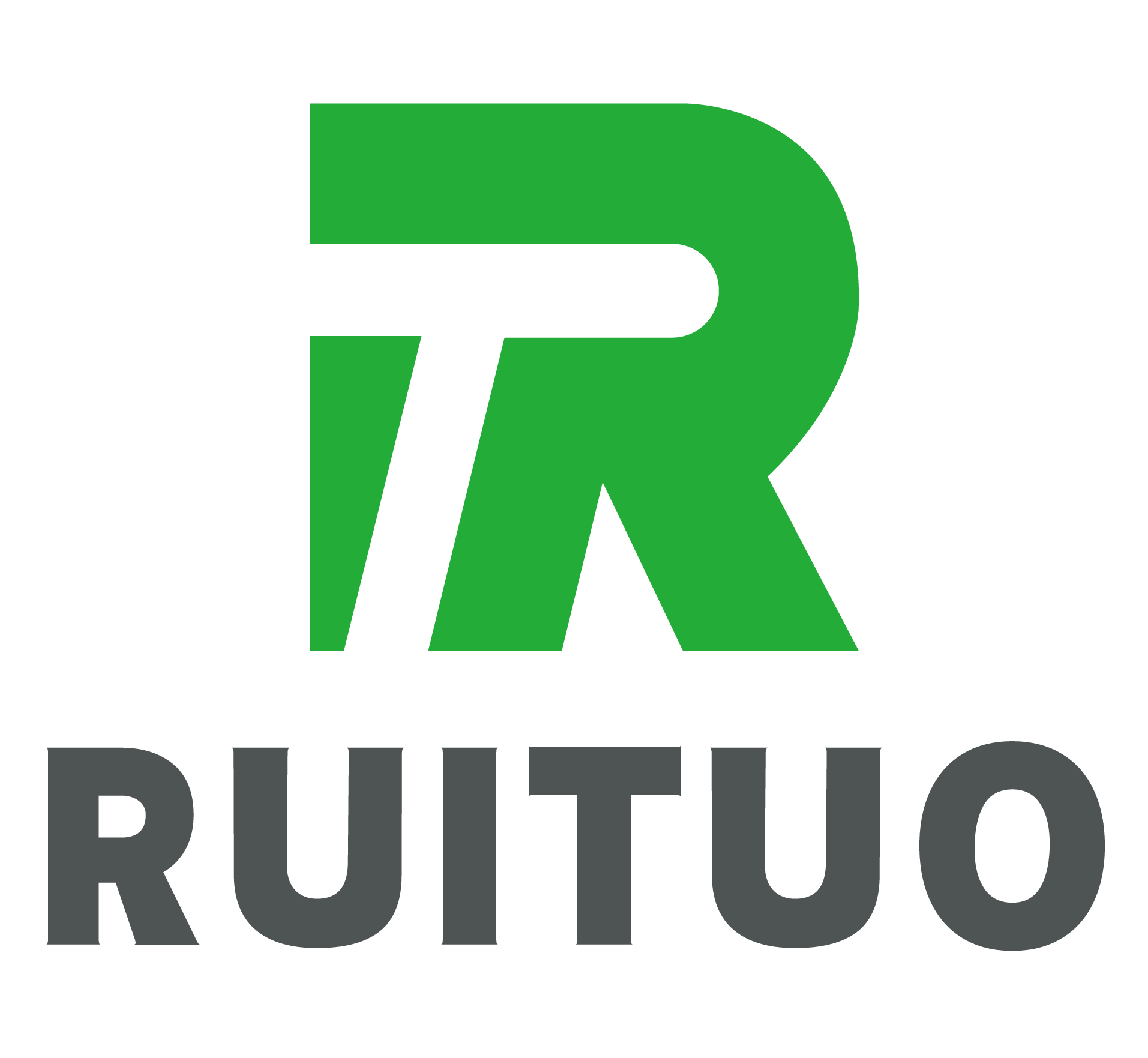Introduction
For many industrial operators, energy reliability is the foundation of productivity. However, in remote areas, access to a stable power grid can be inconsistent or completely unavailable. In such cases, solar energy systems provide a sustainable, cost-effective, and long-term solution for powering manufacturing plants, slaughterhouses, cold-storage facilities, and other industrial operations.
This guide explains the installation process, common grid challenges, and how to choose the right equipment for solar systems in remote industrial locations.
Why Solar Power Matters in Remote Industrial Zones
Remote industrial areas—such as agricultural processing zones, mining regions, or livestock production sites—often face high fuel costs, unreliable electricity, or limited grid coverage.
Solar systems address these problems by:
- Reducing dependence on diesel generators, lowering operational costs.
- Providing continuous power for essential equipment.
- Improving sustainability and meeting environmental compliance targets.
- Enabling energy independence, crucial for remote or export-oriented facilities.
When designed correctly, solar systems can supply stable energy 24/7, even in isolated industrial environments.
The Installation Process: Step-by-Step
Installing a solar power system in an industrial area requires planning, engineering, and regulatory compliance. Here’s a breakdown of the typical process:
Step 1: Site Assessment
Technicians evaluate sunlight availability, land or roof area, and existing energy usage. This determines system capacity (measured in kW or MW).
Step 2: System Design
Engineers design a customized layout that includes:
- Photovoltaic (PV) modules (solar panels)
- Mounting structures (ground-mounted or rooftop)
- Inverters (to convert DC to AC power)
- Battery storage (optional, for off-grid stability)
Step 3: Permitting and Compliance
Local authorities may require environmental or electrical permits. For export-oriented plants, compliance with ISO 14001 (environmental management) or IEC standards for electrical safety is recommended.
Step 4: Installation and Wiring
Solar panels are mounted and connected to inverters and control panels. For remote areas, weather-resistant mounting frames and dust-proof electrical enclosures are essential to ensure durability.
Step 5: Testing and Commissioning
After installation, the system undergoes electrical testing, performance verification, and safety inspections before going live.
Step 6: Monitoring and Maintenance
Smart monitoring systems help operators track output, detect faults, and plan maintenance. Routine cleaning of panels and checking of inverters keep performance consistent.
Common Grid Challenges in Remote Industrial Areas
Industrial sites in remote zones face unique challenges compared to urban installations:
- Unstable or Weak Grids: Voltage fluctuations or frequent outages make hybrid systems (solar + battery or generator backup) more reliable.
- Distance from Utility Infrastructure: Long transmission distances cause energy losses; localized solar systems eliminate that dependency.
- Limited Technical Support: Choose systems with remote monitoring and modular components to reduce downtime.
- Extreme Climate Conditions: Dust, heat, and humidity can reduce efficiency—industrial-grade solar modules with IP65 or higher protection are ideal.
These challenges make system design and equipment quality even more critical for long-term success.
Equipment Selection: What to Look For
Choosing the right equipment determines system efficiency and lifespan.
Solar Panels
- Monocrystalline panels: Higher efficiency and durability, suitable for limited roof space.
- Polycrystalline panels: Cost-effective for large ground installations.
- Panels should meet IEC 61215 and IEC 61730 certification standards.
Inverters
- Must match local grid frequency and voltage requirements (typically 50/60Hz, 220/380V).
- For hybrid systems, choose bi-directional inverters capable of managing both solar and battery storage.
Batteries (Optional but Recommended for Remote Use)
- Lithium-ion batteries provide long lifespan and deep discharge capability.
- Lead-acid batteries are more affordable but require regular maintenance.
Mounting Structures
- Hot-dip galvanized steel or anodized aluminum frames ensure rust resistance.
- Adjustable tilt systems help maximize energy output based on seasonal sunlight angles.
Monitoring Systems
- Cloud-based platforms provide real-time performance data and predictive maintenance alerts.
By investing in reliable, industrial-grade equipment, operators can achieve 20+ years of stable solar output.
Integration With Existing Industrial Operations
In remote factories or slaughterhouses, solar energy can power:
- Processing lines and refrigeration units
- Lighting and HVAC systems
- Water pumping and treatment stations
- Automation and monitoring equipment
Hybrid configurations—where solar energy supplements existing grid or generator power—allow flexible operation during maintenance or peak production periods.
Final Thoughts
Installing solar systems in remote industrial areas is no longer a luxury—it’s a strategic necessity. With careful planning, proper design, and durable components, factories can achieve:
- Lower operational costs
- Greater energy independence
- Enhanced sustainability performance
For industrial operators looking to expand in off-grid or developing regions, solar energy offers a reliable and future-ready power solution.
